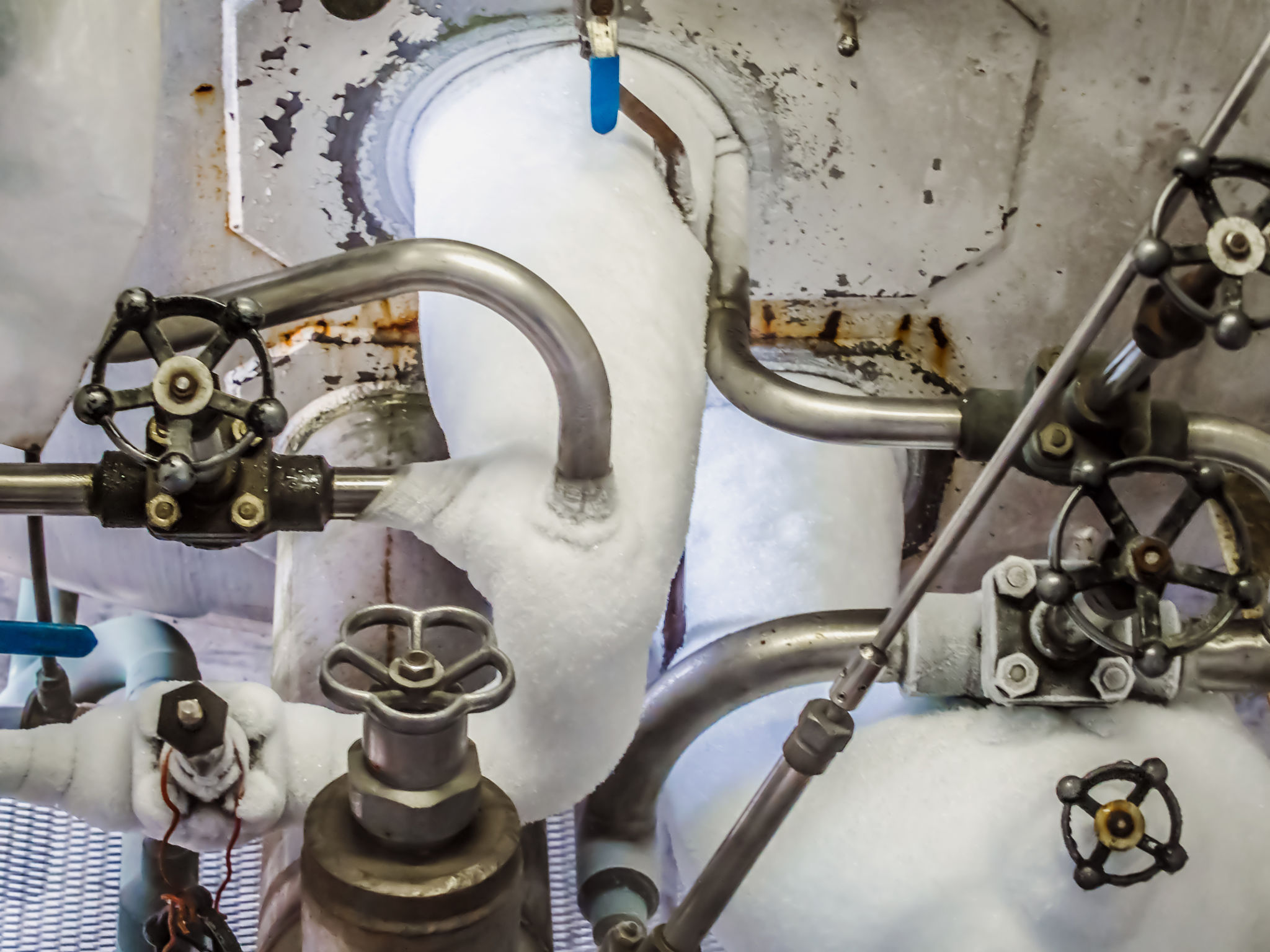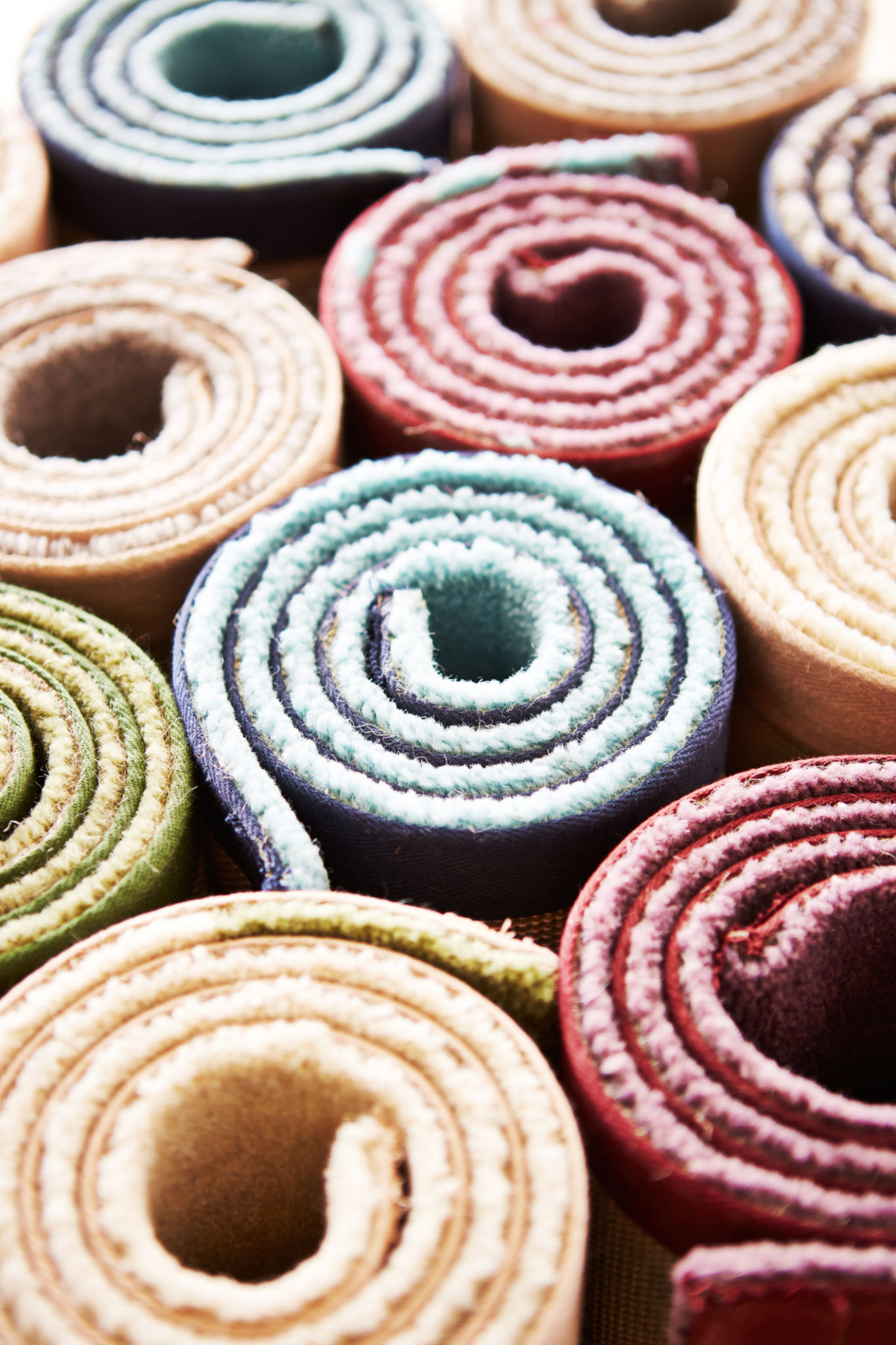How to Maintain Your Tufting Machines for Longevity and Efficiency
Understanding the Basics of Tufting Machine Maintenance
Tufting machines are an essential tool in the textile industry, known for their efficiency in creating carpets and rugs. Proper maintenance of these machines is crucial for ensuring their longevity and peak performance. Understanding the basics of how these machines work and the common maintenance practices can significantly enhance their lifespan.
Regular maintenance not only prevents unexpected breakdowns but also improves the quality of the end product. This involves a series of routine checks and cleaning procedures that every tufting machine operator should be familiar with.

Daily Maintenance Checks
Daily maintenance is vital for keeping your tufting machine in top shape. This includes checking for any loose screws or bolts that may have come undone during operation. Additionally, it's important to clean the machine's surface to remove any lint or debris that might have accumulated.
Operators should also inspect the needles and hooks daily. Look for signs of wear and tear, and replace any damaged parts immediately to avoid compromising the quality of your work. Lubricating moving parts is another critical step in daily maintenance, ensuring smooth operation and preventing friction-related damage.
Weekly and Monthly Maintenance Tasks
In addition to daily checks, more extensive weekly and monthly maintenance tasks are necessary to keep your tufting machine running efficiently. This includes checking the timing belt for wear and tension, as a loose or damaged belt can cause significant operational issues.
Examining the drive system and ensuring that all components are aligned and functioning properly is another important task. Additionally, replace or clean filters to maintain proper airflow and prevent overheating.

Preventative Measures for Longevity
Preventative maintenance is key to extending the life of your tufting machine. Implementing a regular schedule for inspecting and replacing worn-out parts can prevent major breakdowns. Using high-quality replacement parts is essential, as they tend to last longer and perform better.
Training operators in proper machine handling and maintenance procedures can also play a significant role in the longevity of your equipment. Ensuring that all staff are knowledgeable about the specific requirements of your tufting machines will help maintain consistent performance levels.
Troubleshooting Common Issues
Even with regular maintenance, issues can sometimes arise. Being equipped to troubleshoot common problems is vital for minimizing downtime. This includes recognizing unusual noises, which might indicate a mechanical issue, or uneven stitching patterns that could be a sign of alignment problems.
Developing a troubleshooting guide specific to your machinery can be incredibly helpful. Include solutions for common problems and have it readily accessible for quick reference during operations.

Conclusion: Investing in Longevity
Maintaining tufting machines requires a proactive approach, focusing on regular checks, timely repairs, and consistent training. By investing time and resources into proper maintenance practices, you not only extend the life of your equipment but also enhance its efficiency and output quality.
Remember, a well-maintained tufting machine is an asset to your business, reducing costs associated with repairs and downtime while ensuring a superior product for your customers.
